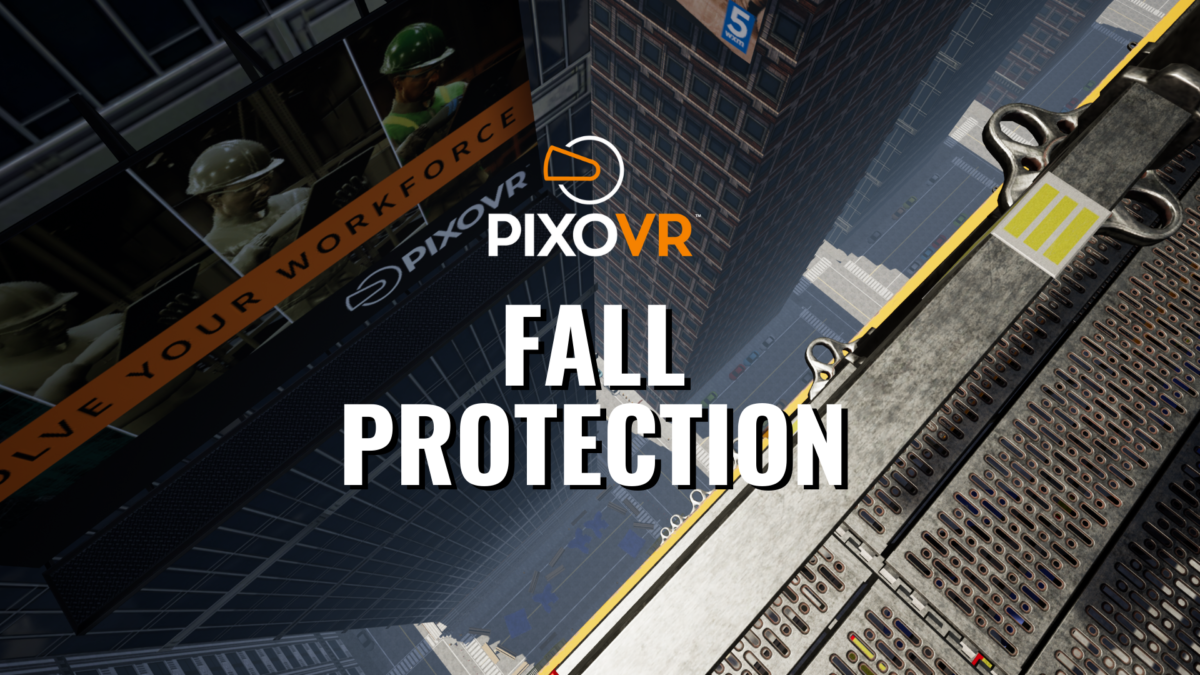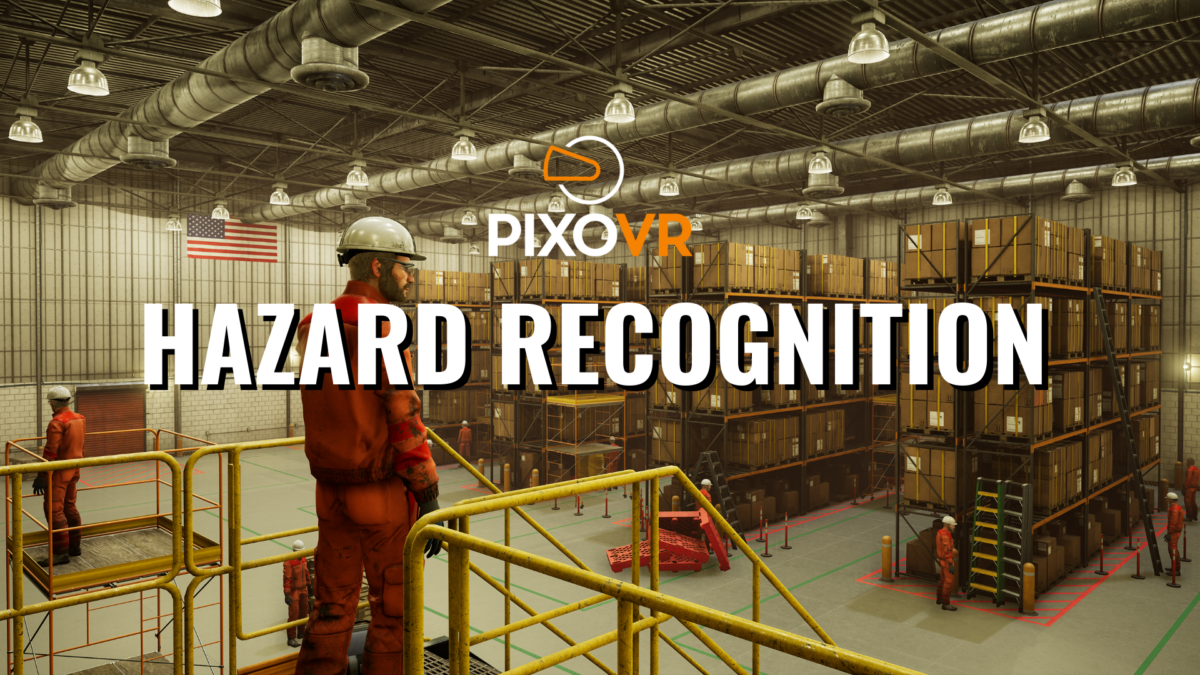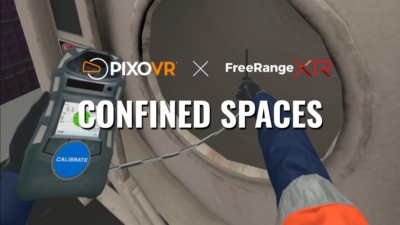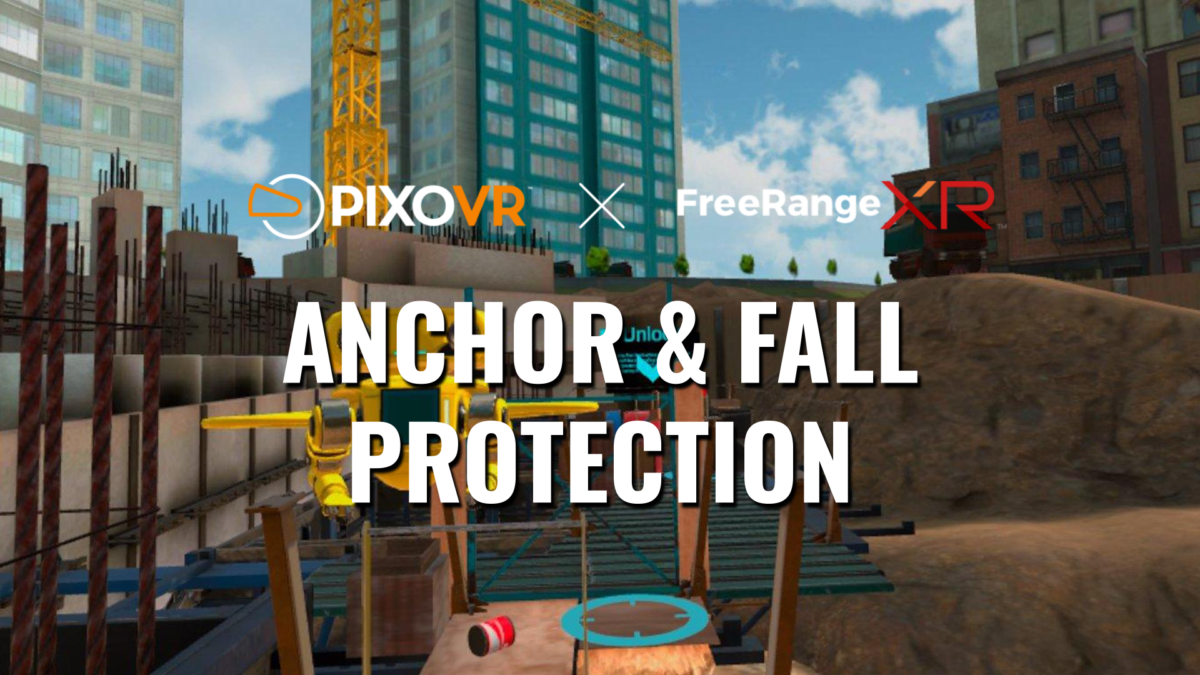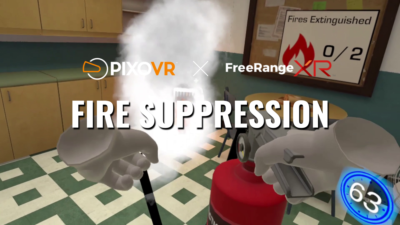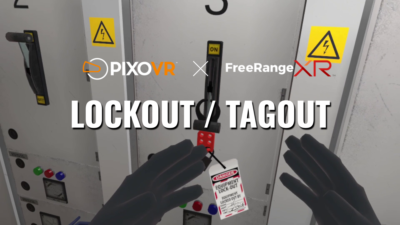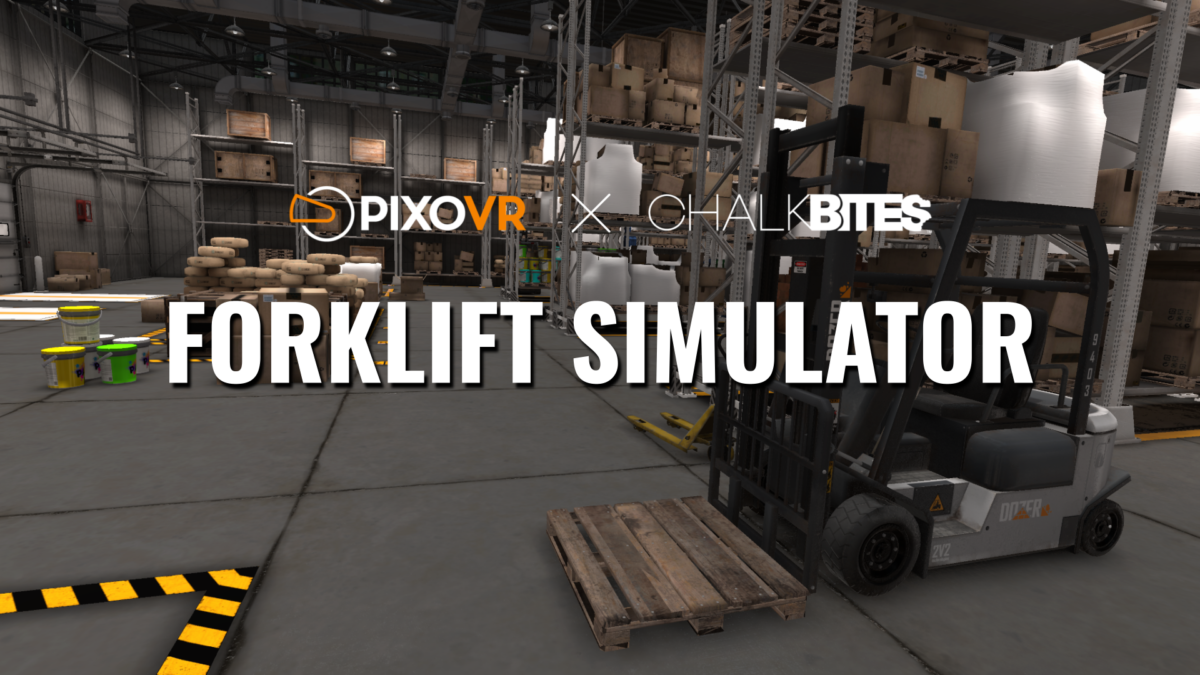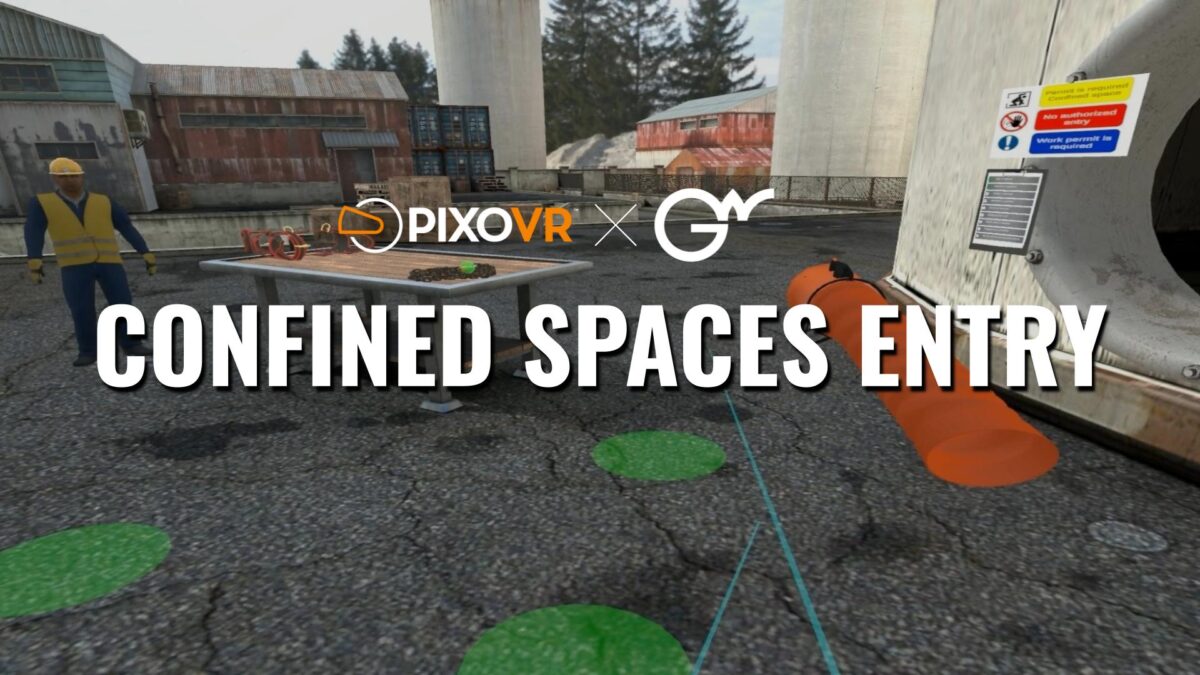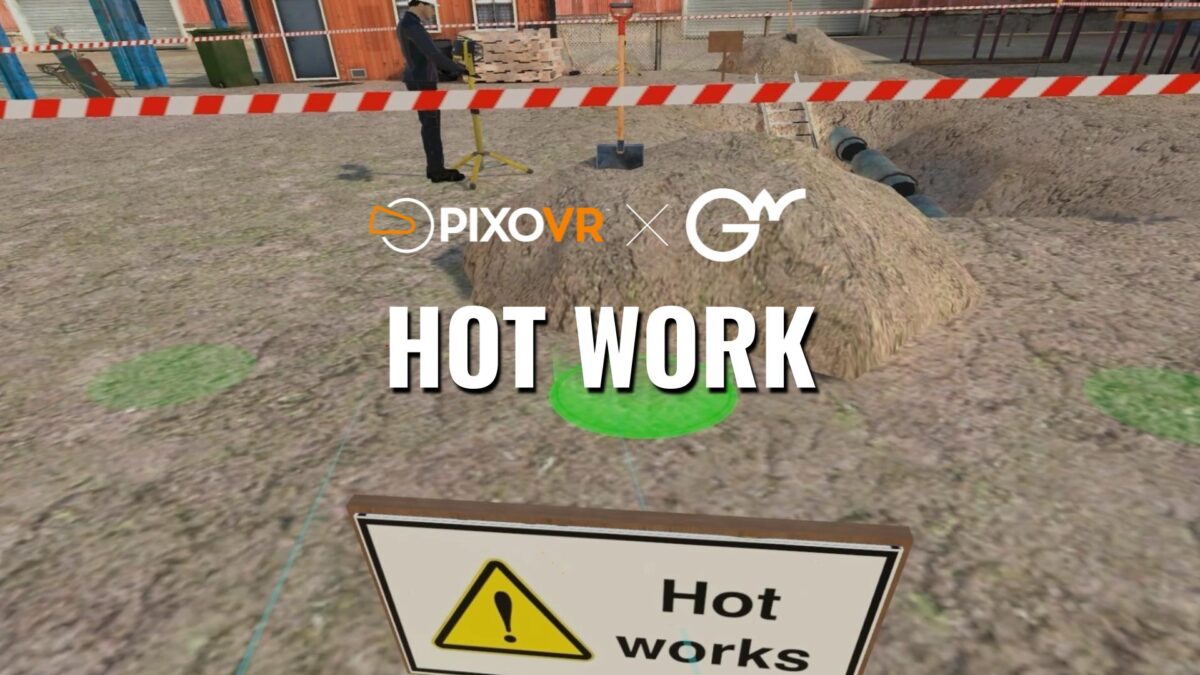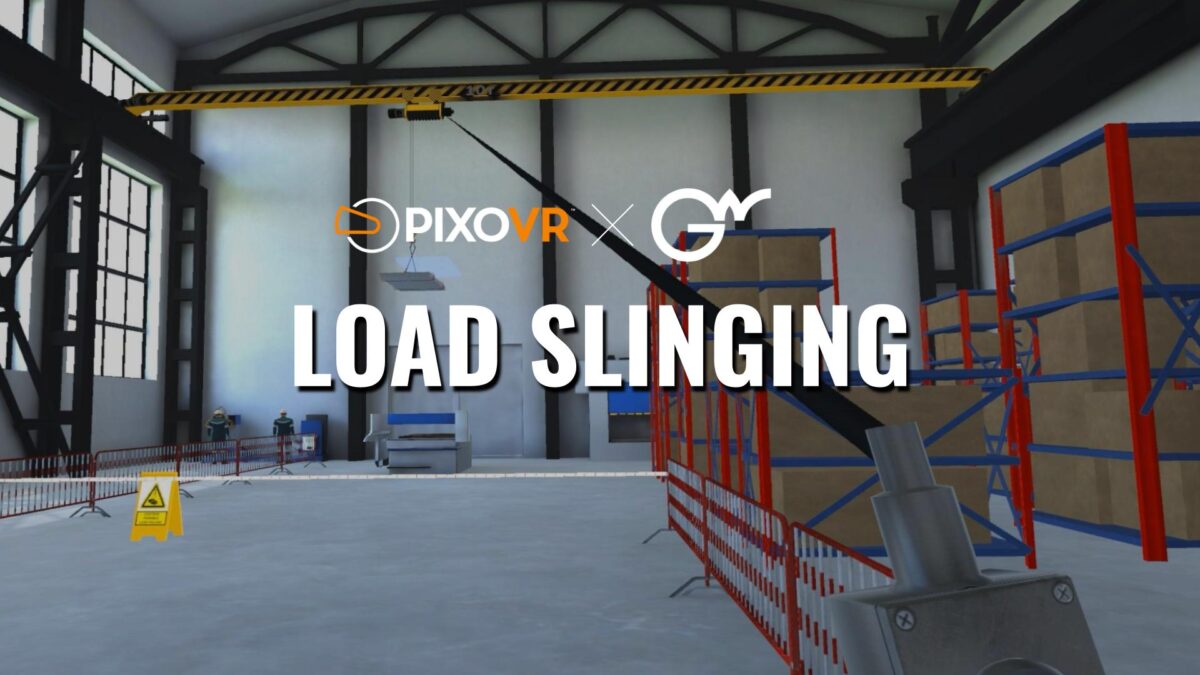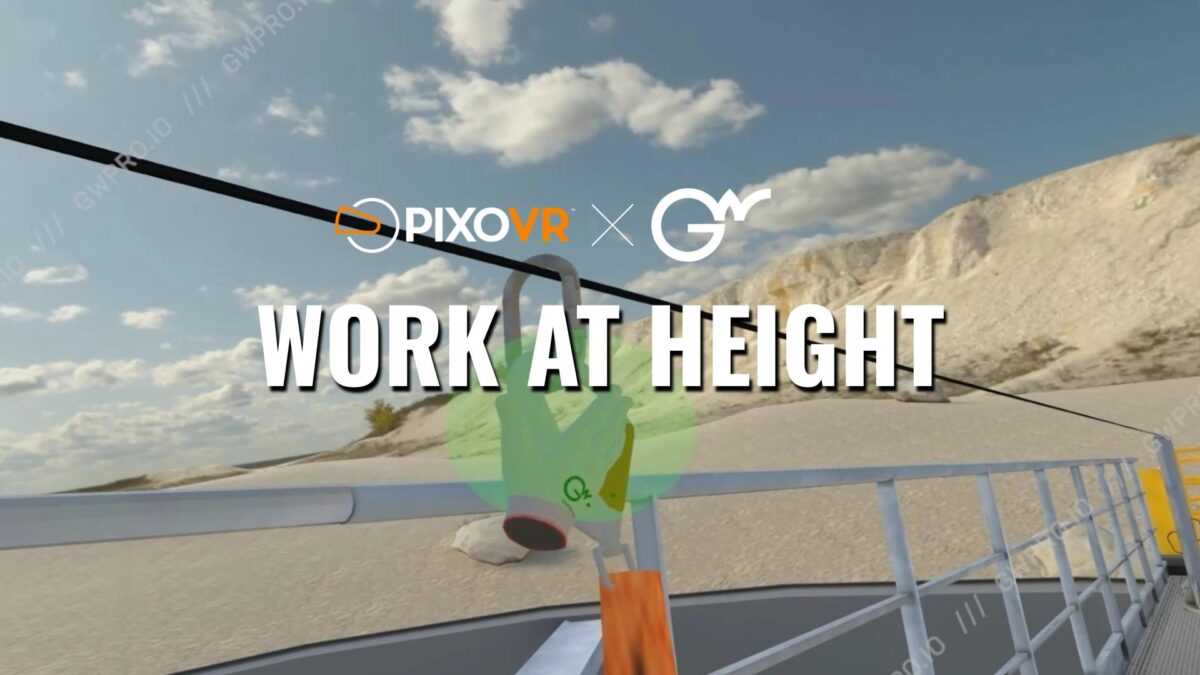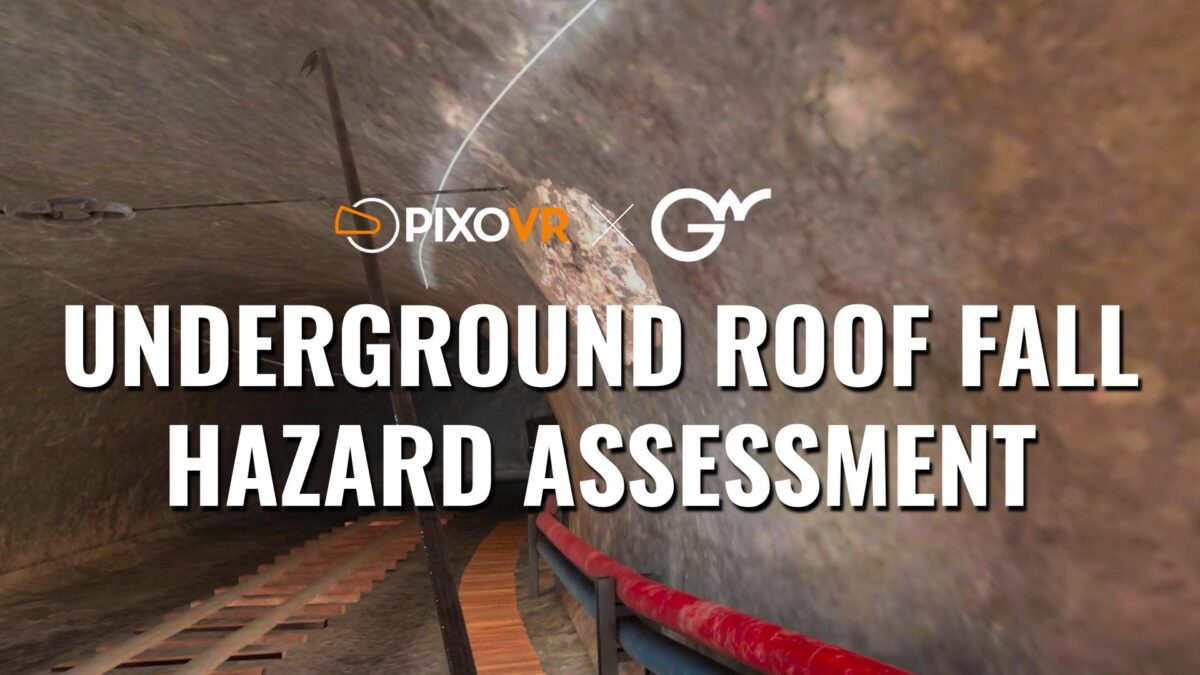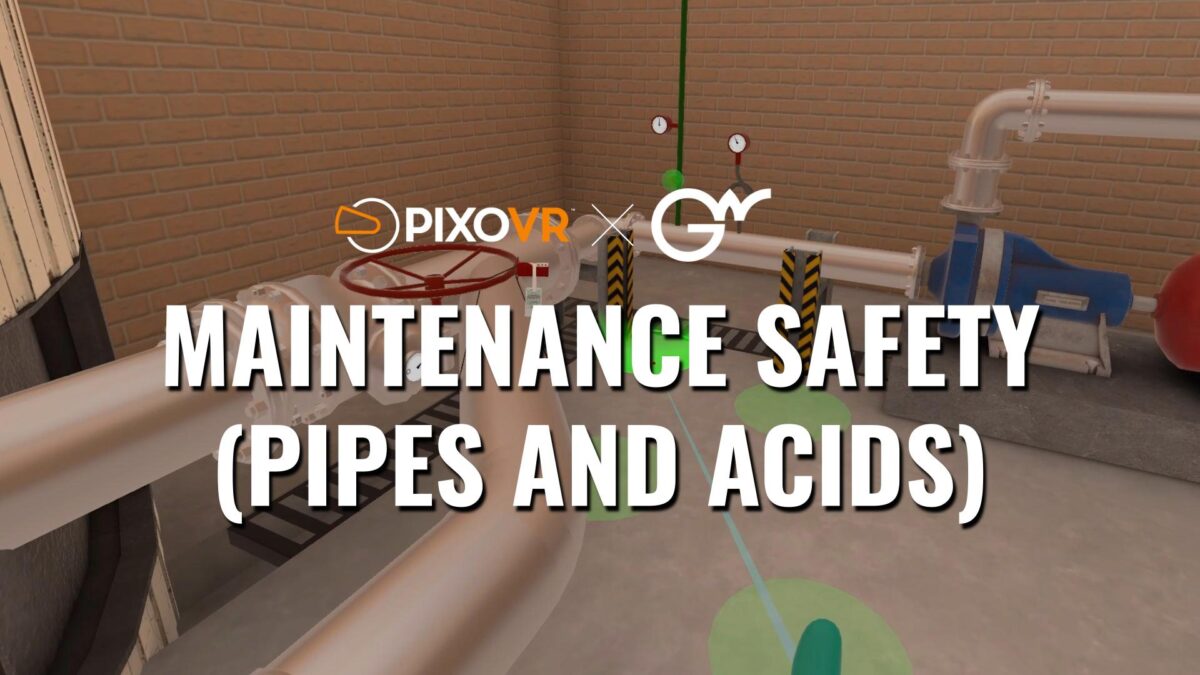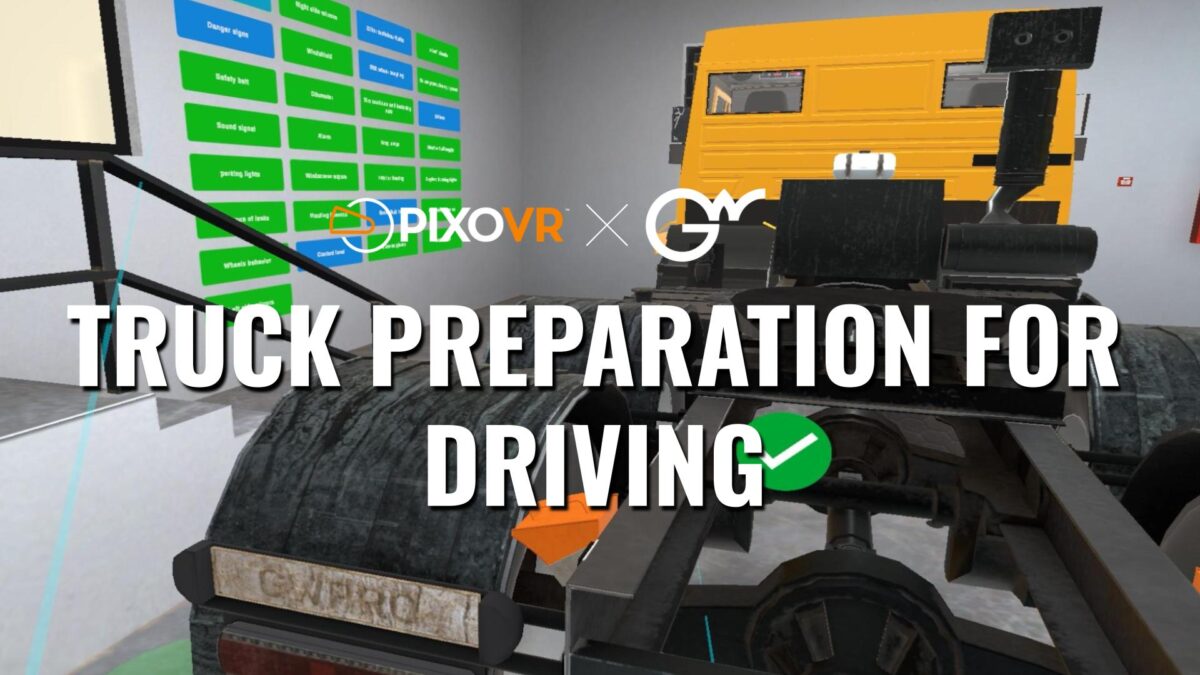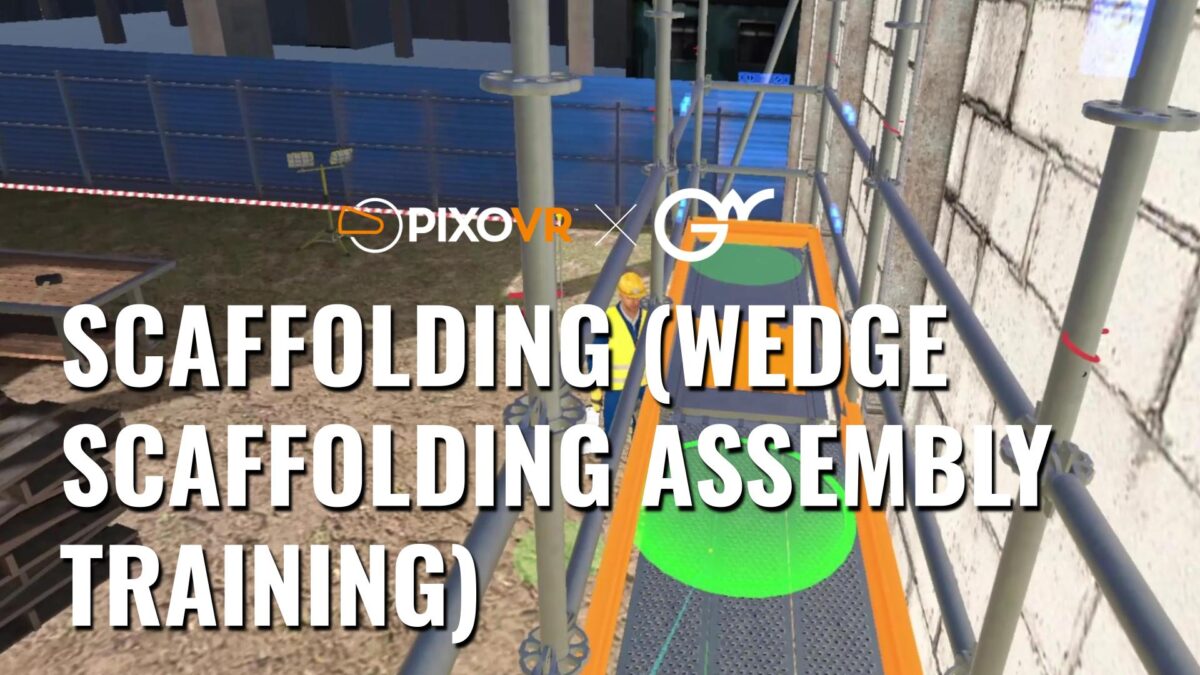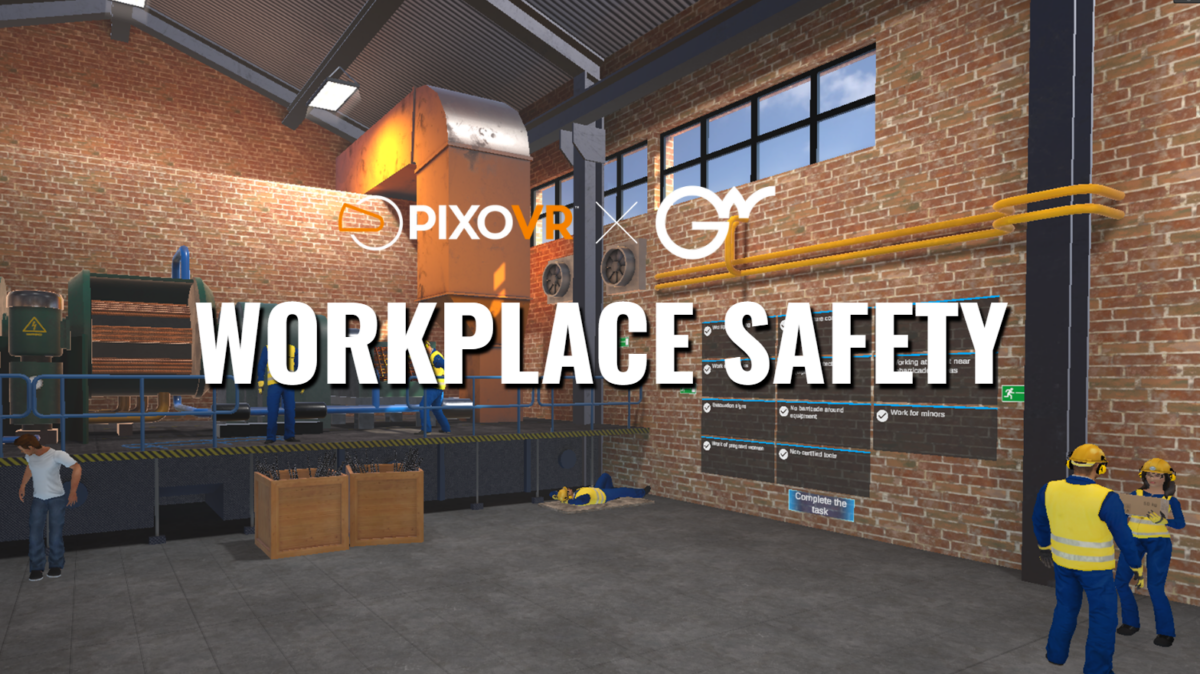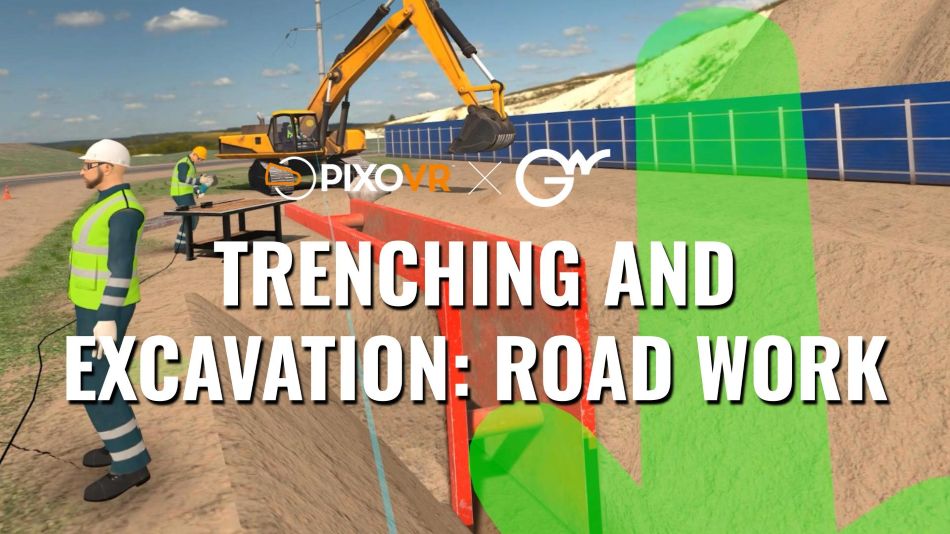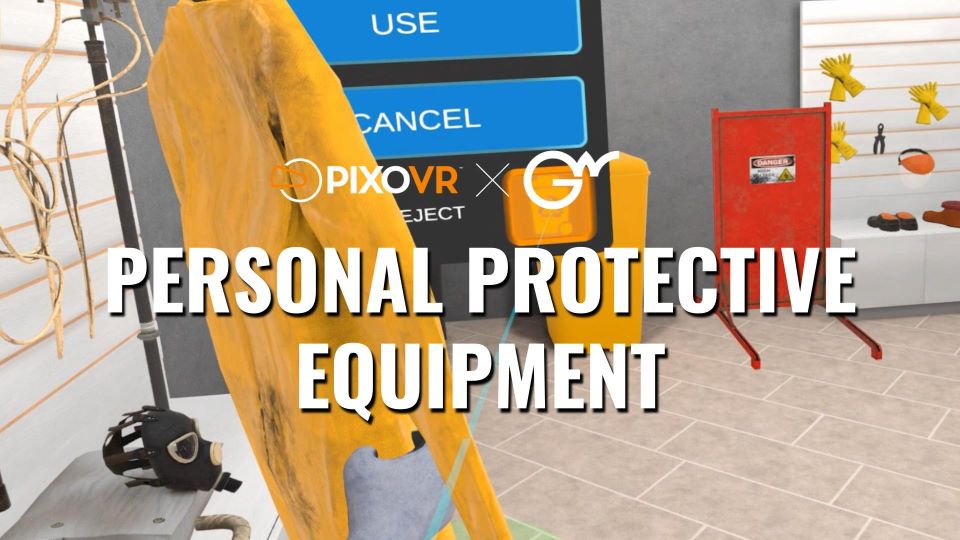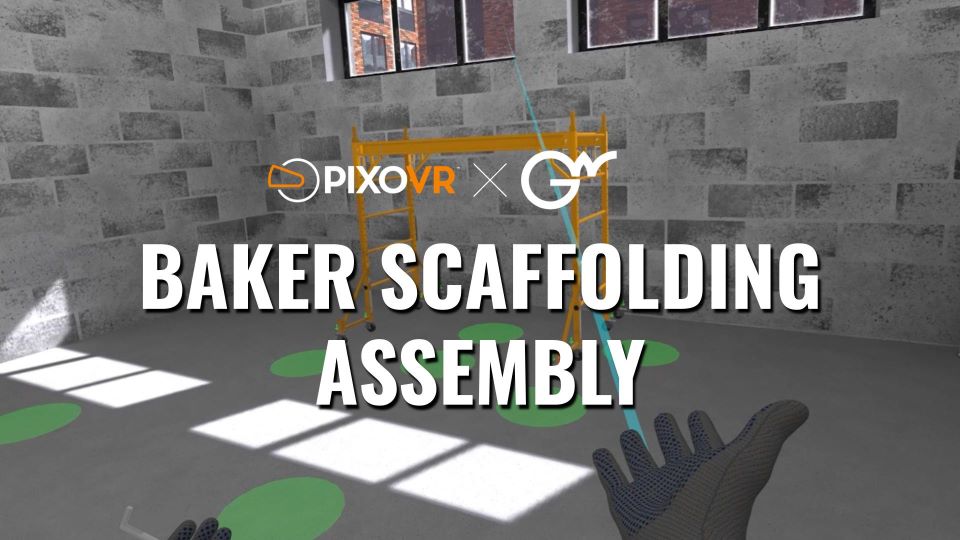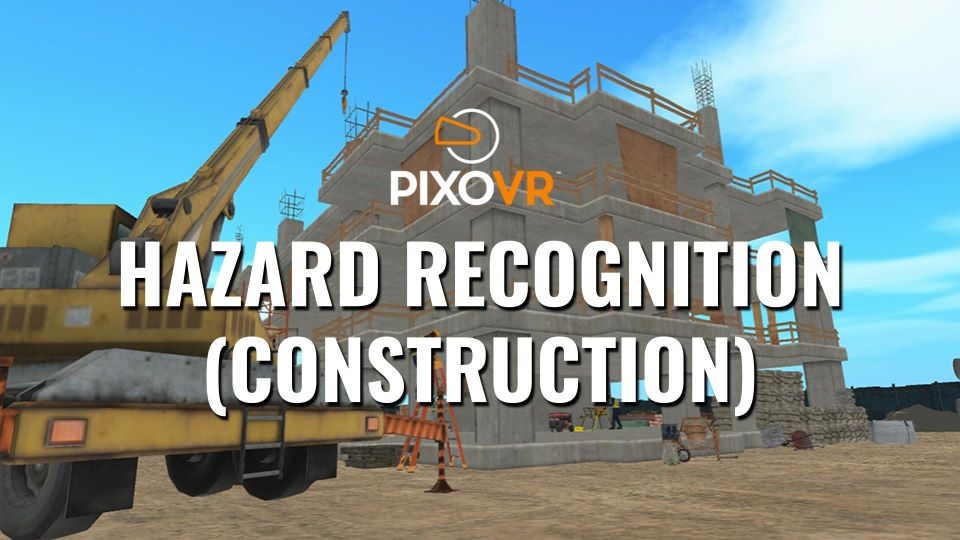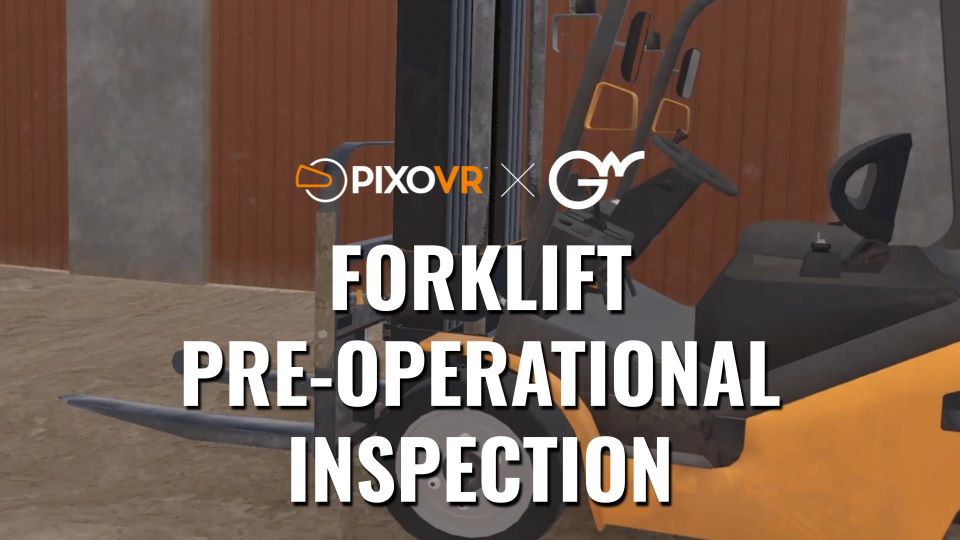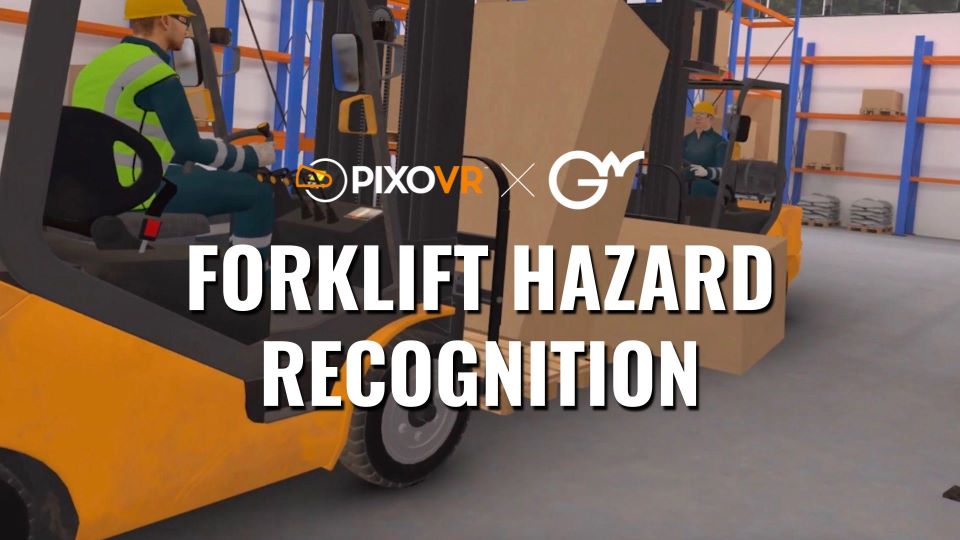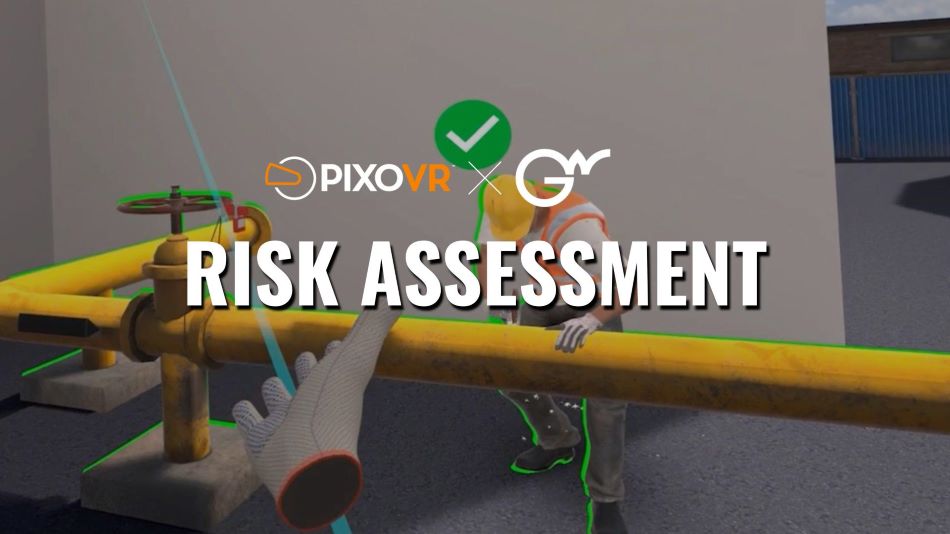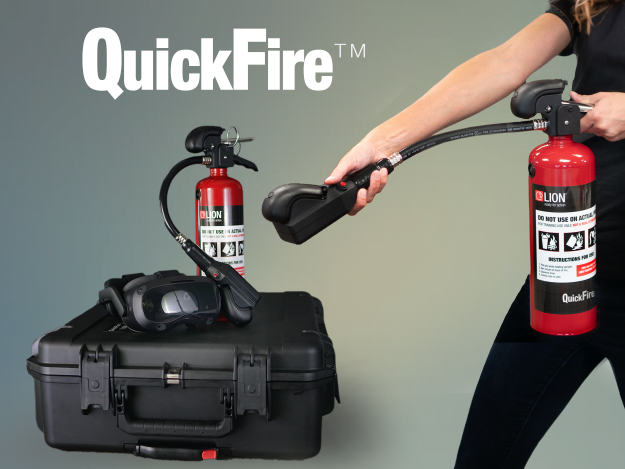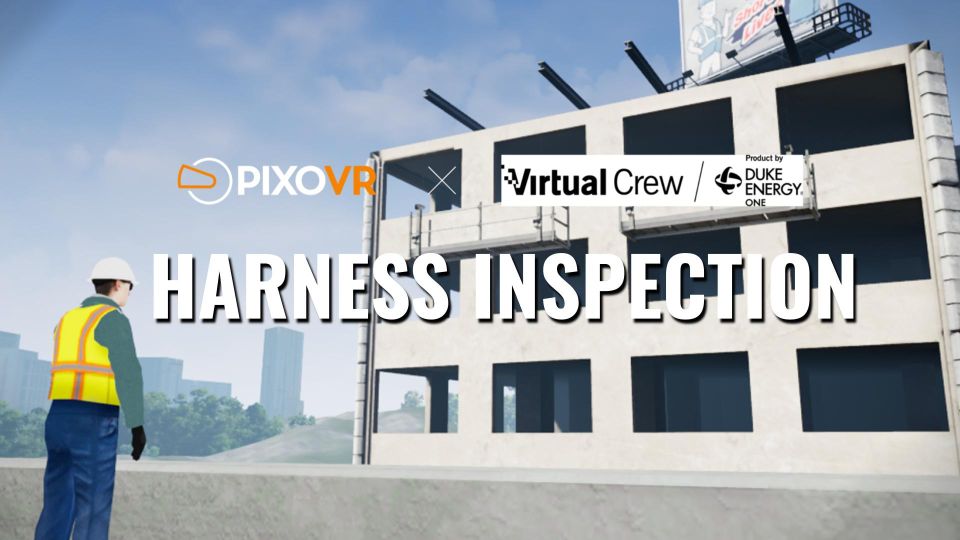VR Training for Construction
Virtual Reality for Construction Training
New Realities in 21st Century Workforce Training


Skills and Safety Training that Actually Changes Construction Site Behavior
Construction safety and construction skills training with VR has been proven to improve learner recall accuracy, learning retention, and takes less time to train. And companies using VR for safety training have seen less safety incidents and qualitatively have noted that trainees actually enjoy the training.
Construction is also seeing financial benefits from less travel costs for skills and safety training, less time away from the workplace due to better hazard recognition and less injuries, as well as less OSHA compliance issues. Plus filling the skilled labor gap means more work gets done and that means higher revenue.
PIXO VR makes it easy to get started with VR training. Explore our catalog of construction training. OR Learn how to bring VR into your training program to improve outcomes.
Companies in the Construction Industry Using Virtual Reality Training Can Expect:
Less Injuries
43% was the reduction in lost time from injury since the introduction of VR safety training in mining (𝘔𝘪𝘯𝘦𝘴𝘢𝘧𝘦 𝘐𝘯𝘵𝘦𝘳𝘯𝘢𝘵𝘪𝘰𝘯𝘢𝘭 𝘊𝘰𝘯𝘧𝘦𝘳𝘦𝘯𝘤𝘦)
Better performance
100% of welding students who used VR training performed better on weld testing than students receiving traditional training (𝘐𝘰𝘸𝘢 𝘚𝘵𝘢𝘵𝘦 𝘜𝘯𝘪𝘷𝘦𝘳𝘴𝘪𝘵𝘺)
Cost benefits
82% of companies implementing AR/VR indicate that the benefits exceed expectations (𝘊𝘢𝘱𝘨𝘦𝘮𝘪𝘯𝘪)
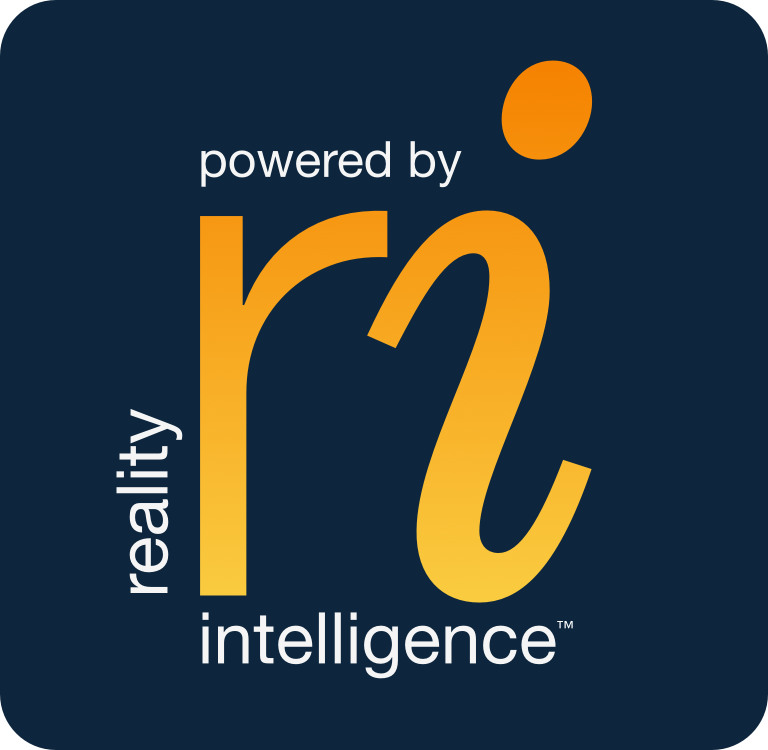
Contact Us to Learn More!

We Help Construction Companies Solve Training Challenges With VR
Staffing job sites with talent is getting harder. As standards and regulations increase, training gets more difficult, time-consuming, and expensive. After all that, there’s the problem of worker retention. With a smaller pool and high turnover come increased risks of mistakes, blown deadlines, on-site injuries, OSHA fines, and damaging litigation.
Construction is grappling with a skilled labor shortage. Veteran employees are aging-out of their working years and a new generation — one that learns differently than those before — is not racing to join the ranks.
Construction companies need a training solution that improves performance, cultivates safety, closes the experience gap and appeals to a younger workforce — all while reducing cost and risk. That’s where virtual reality (VR) can help. VR construction training provides an immersive simulation for construction safety and hard skills training that has been proven to be extremely effective and meets OSHA safety requirements for the construction industry.
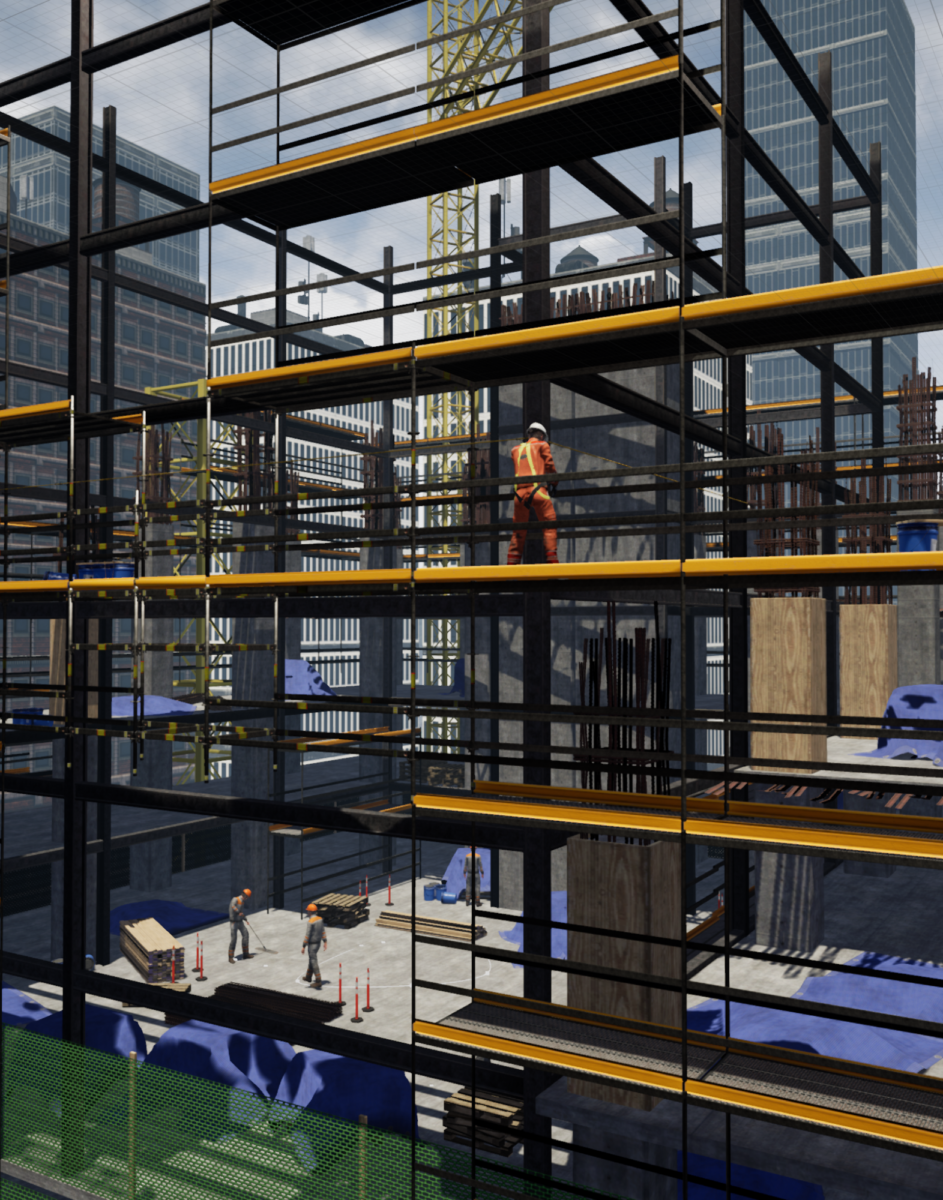
Contact Us to Learn More!
Get Virtual Reality Training for Construction, Available Now

PIXO VR Training for Construction: Filling the Skilled Labor Gap
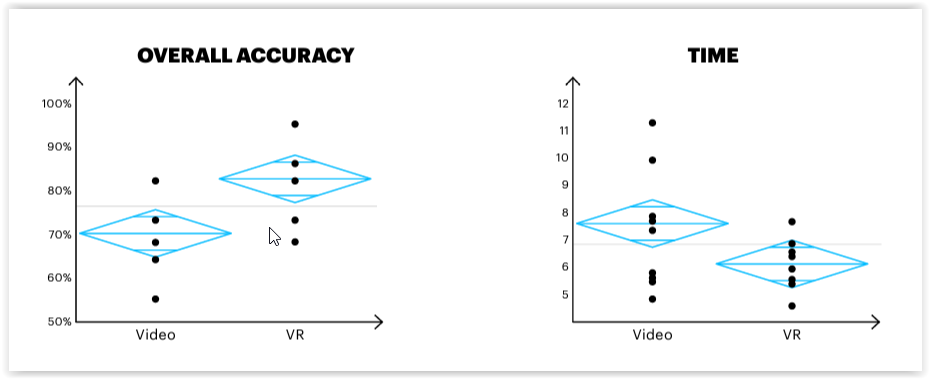
PIXO VR construction training helps companies fill job sites with skilled and capable workers. PIXO provides a marketplace of standard construction site safety training like Fall Protection, Lockout / Tagout, and Electrical Hazards to comply with OSHA standards. It also has hard skills VR construction training like Construction Housekeeping, Trenching and Excavation, and Scaffolding. PIXO and its VR partners create virtual reality simulations that engage your trainees, while making it feel like a real-life experience—which is a powerful learning environment. PIXO can also help companies who have very specific equipment or unique safety procedures create custom virtual reality content appropriate for their requirements.
The construction industry is faced with a big challenge to attract and train unskilled labor to fill their workplace gaps. Virtual reality is an extremely effective tool for this. An Accenture VR study compared video training to the more immersive VR training on teaching how to assemble and install a toilet. Those using VR training demonstrated 12% higher accuracy and were 17% faster in completing the task. Improving skill absorption and on-the-job productivity is a big help toward filling the skills gap.
VR is a great addition to your construction safety training program and hard skills training courses. VR works well with existing training when it is used to break up a long day of classroom training. It can also be used remotely—allowing contractors and workers to absorb content without having to take a full day away from the construction site.
VR content through PIXO comes with robust data tracking and reporting metrics on training effectiveness. This data gives training directors the visibility they need to set the proper standards for safety and compliance, improving hazard recognition, minimizing risks and mistakes, and reducing the potential for OSHA fines and lawsuits.
VR content through PIXO comes with robust data tracking and reporting metrics on training effectiveness. This data gives operations managers the visibility they need to set the proper standards for safety and compliance, minimizing risks and mistakes, while getting workers onto the assembly line where they are needed.
